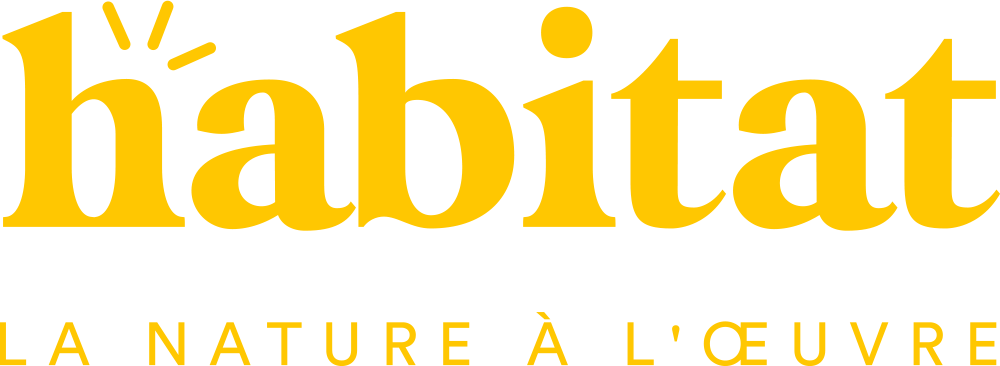Eco-taxation as a lever for protecting and restoring natural environments threatened by urbanization
Natural environments such as forests and wetlands are essential for maintaining ecosystem services such as carbon storage, groundwater recharge, flood control and biodiversity. These environments also strengthen our resilience to the effects of climate change, and contribute to our well-being and that of our ecosystems.
However, current land use (notably the expansion of urban areas and intensive agriculture) is leading to unprecedented degradation and loss of natural environments, with a direct impact on the quality of ecosystem services provided. This also leads to the degradation or fragmentation of essential wildlife habitats, and is today one of the main causes of the decline in biodiversity.
Through this project led by CIRANOproject, we aim to give value to natural environments so that it can be taken into account and internalized in economic markets and land-use plans, so that the degradation of these environments cannot be ignored.
CIRANO commissioned Habitat to study the feasibility of a science-based approach to taxation. The study proposes two eco-taxation tools based on the ecological footprint of land use, with a view to protecting biodiversity and, more specifically, the critical habitats of certain species at risk in the St. Lawrence Lowlands region.
For each rural or urban area that makes up the territory, we determined the different land use classes in order to rank them according to their respective ecological value. As part of this project, we selected three ecological criteria on the basis of which our team assessed and compared the ecological value of the different land-use classes:
carbon storage index ;
habitat quality index ;
and the water regulation index.
Thanks to this classification of soil types, we were then able to determine the tax and subsidy rates according to their ecological value.
Tax on artificial or modified spaces
We began by studying the feasibility of a tax on artificialized or modified areas, proportional to the damage caused by the loss of ecosystem services. In urban areas, as the consequences of the loss of ecosystem services are more significant, tax rates are higher than in rural areas. They range from $0.33/m2 for land covered with scattered trees to $1.38/m2 for mineralized areas.
Subsidy for quality ecosystems
Next, we studied the feasibility of a subsidy for quality ecosystems for protection purposes, based on the ecological value of the land. Owners of tax-exempt environments such as urban forests, marshes, peat bogs or swamps could obtain subsidies of $0.78/m2 for a peat bog and $1.38/m2 for an urban forest.
Watch the October 18 webinar!



